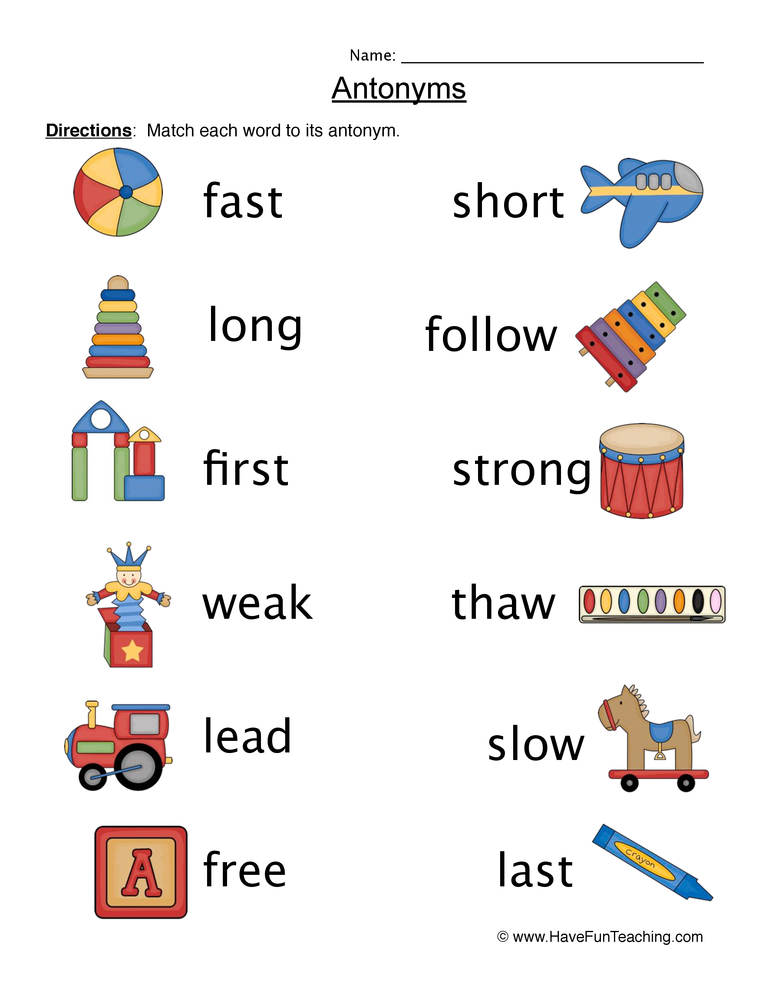

1Īntonyms are great for comparing two separate things and drawing attention to what makes them different.

Specifically, you can use the power of opposites in three ways. Placing opposites together highlights their differences and makes the individual words stronger. What’s the purpose of antonyms?Īntonyms play an important role in writing by making your words more effective. You can find more examples in our article on verb contronyms. To sprinkle with dust (as in putting sugar on food)Įssentially, the word dust means both to “add dust” and “remove dust.” This contrast in definitions makes it a contronym.One of the most common contronym examples is dust. Contronyms can fit into any of the types of antonyms below. Technically, contronyms are antonyms that are also homophones, which are words that are pronounced the same but have different meanings. Contronyms are words that have multiple meanings, and some of those meanings are antonyms of each other. This is because big and small are opposites the synonym of big is large because big and large mean the same thing.ĭon’t overthink it, but the words synonym and antonym are actually antonyms! Contronyms or auto-antonymsĪ contronym, also known as an auto-antonym, is a special type of antonym. While antonyms have opposite meanings, synonyms have the same meaning. Synonyms and antonymsĪntonyms are closely related to synonyms, which are words that have identical meanings. The term antonym comes from antonymy, which is the technical grammar term for words that have contradictory meanings-but you can think of antonyms as opposites. For example, an antonym of day is night, and an antonym of on is off. Antonyms are words that have opposite meanings.


 0 kommentar(er)
0 kommentar(er)
